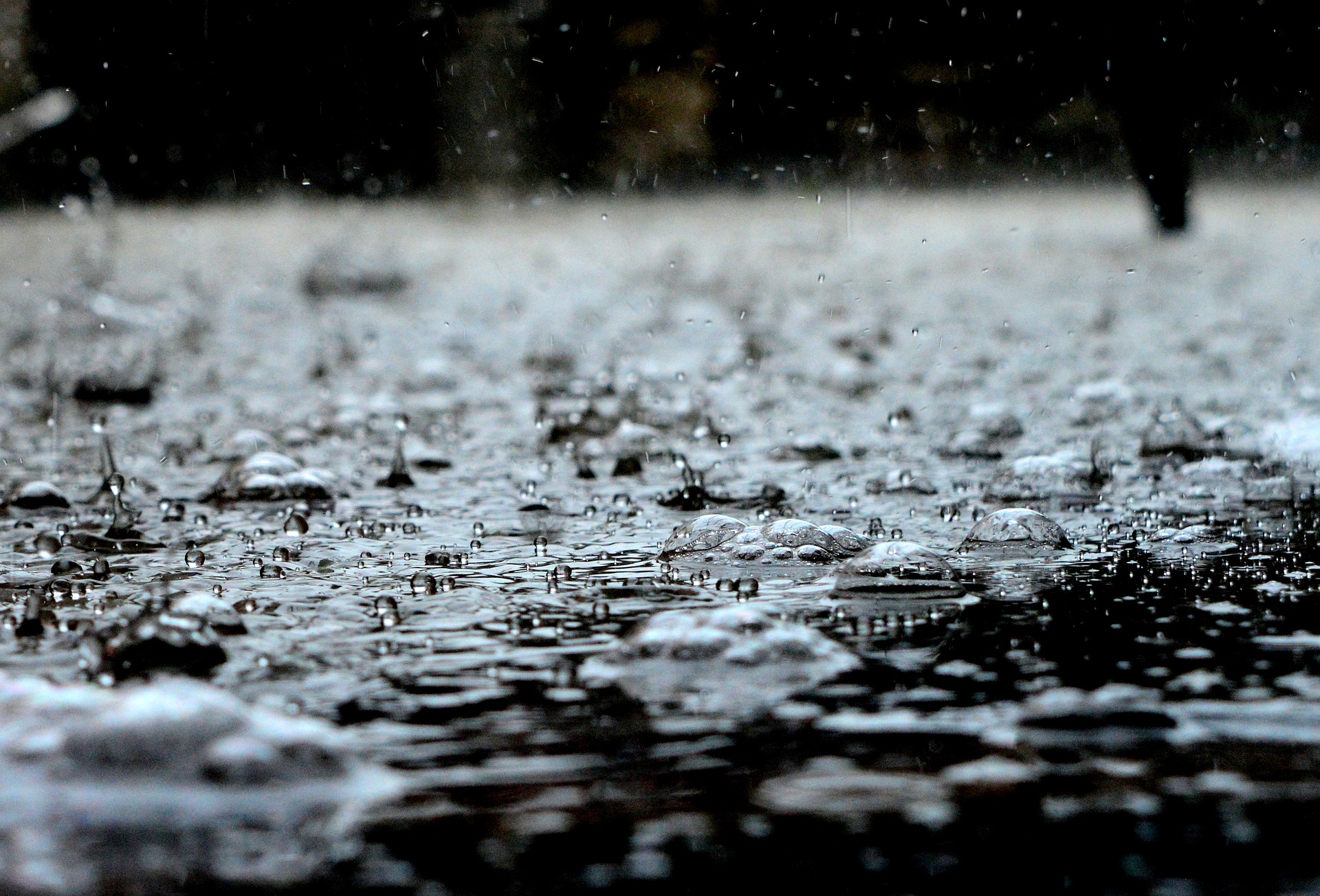
In recent times, droughts and expanding deserts, erosion from runoff, over-reliance on depleted water sources and the increasing costs of rural irrigation and water treatment facilities have all contributed to water scarcity. And if not addressed immediately, according to American environmental scientist Peter H. Gleick, an estimated 135 million people will suffer from water-related diseases by the year 2020.
Although the earth is covered by water, a meagre 2.5% of this is fresh water; and of that 2.5%, 31% is accessible drinking water, which equates to about 0.00775% or less than 1%. In line with water conservation, many NGOs have turned toward rainwater harvesting and its consequent storage in rainwater tanks as an alternative to using water from municipal reservoirs and treatment facilities. Rainwater is a renewable water resource, but can rainwater be made safe and potable for human consumption? Yes, it can—by filtration and purification.
All-natural rainwater
The term ‘all-natural rainwater’ may sound enticing, even tempting, as ad campaigns, but the truth of the matter is, rainwater may not always be safe for drinking. As standard, most rainwater harvesting systems include rainwater conveyance systems that divert collected rainwater from the capture system (i.e., the roof) to the holding system (i.e., above-ground or underground rainwater tanks). This sounds simple, but the nature of collecting water from the roof may not always be safe.
Collecting rainwater this way means collecting contaminants like algae, air pollutants, bird faecal matter, dirt, leaves and sand that may come with the rainwater. Furthermore, collected rainwater is naturally acidic and may sometimes contain trace amounts of sodium chloride (a.k.a., salt), especially in coastal towns. And when used with calcium-containing rainwater tanks like concrete, the natural acidity of water allows it to absorb the calcium from the concrete which then turns the collected rainwater into hard water.
This may turn you off from using rainwater for indoor use, but rainwater could be made drinkable by filtering and purifying the water, along with a high-quality rainwater tank from a reliable supplier.
Screening, filtration and purification
Your first line of defence is actually testing the harvested rainwater first at your local water-testing facility. Check whether this could be purified and made potable or that it should remain as your backup greywater source. This couldn’t be stressed enough, but make sure your gutter is made of rust-free galvanized aluminium. This may be on the expensive side, but this investment is worth its weight in gold.
Next, you should take efforts to minimise the foreign matter out of the incoming rainwater. Screening mechanisms like first-flush devices and gutter screens help keep the water as clean as possible by keeping the solid matter from reaching your rainwater tank. Using screens and filters will also lengthen the life span of your pump, filtration and purification systems.
The filtration will further remove debris from the water, and your filtration system will disinfect the water from any bacteria or harmful substances that may be present in the rainwater. More on filtration and purification will be discussed on a separate post.
Rainwater tanks safe for rainwater storage
Testing the rainwater collected from your area should be first and then comes the several gutter screens before the rainwater reaches your tanks. In terms of size, most households can utilise the following tanks:
-
Slimline. Slimline rainwater tanks are ideal for properties with limited space. You can easily connect your collection system to the tank, connect this to your filtration and purification system and, finally, connect this with your piping for drinking water.
-
Under deck. These kinds of tanks can be stored beneath your deck or flooring, in crawlspaces or basements, for extreme space-saving measures. Bladder rainwater tanks can either be made from potable or non-potable materials.
-
Plastic. These rainwater tanks are made of food-grade poly plastics so you can make sure the water can be consumed (when used in tandem with filtration and purification systems.) These rainwater tanks can be made larger so you could store more rainwater for non-consumption use.
Although rainwater can be made drinkable by utilising filtration and purification systems with rainwater tanks, we should still take measures to make sure the water we collect is clean and safe.



Leave A Comment